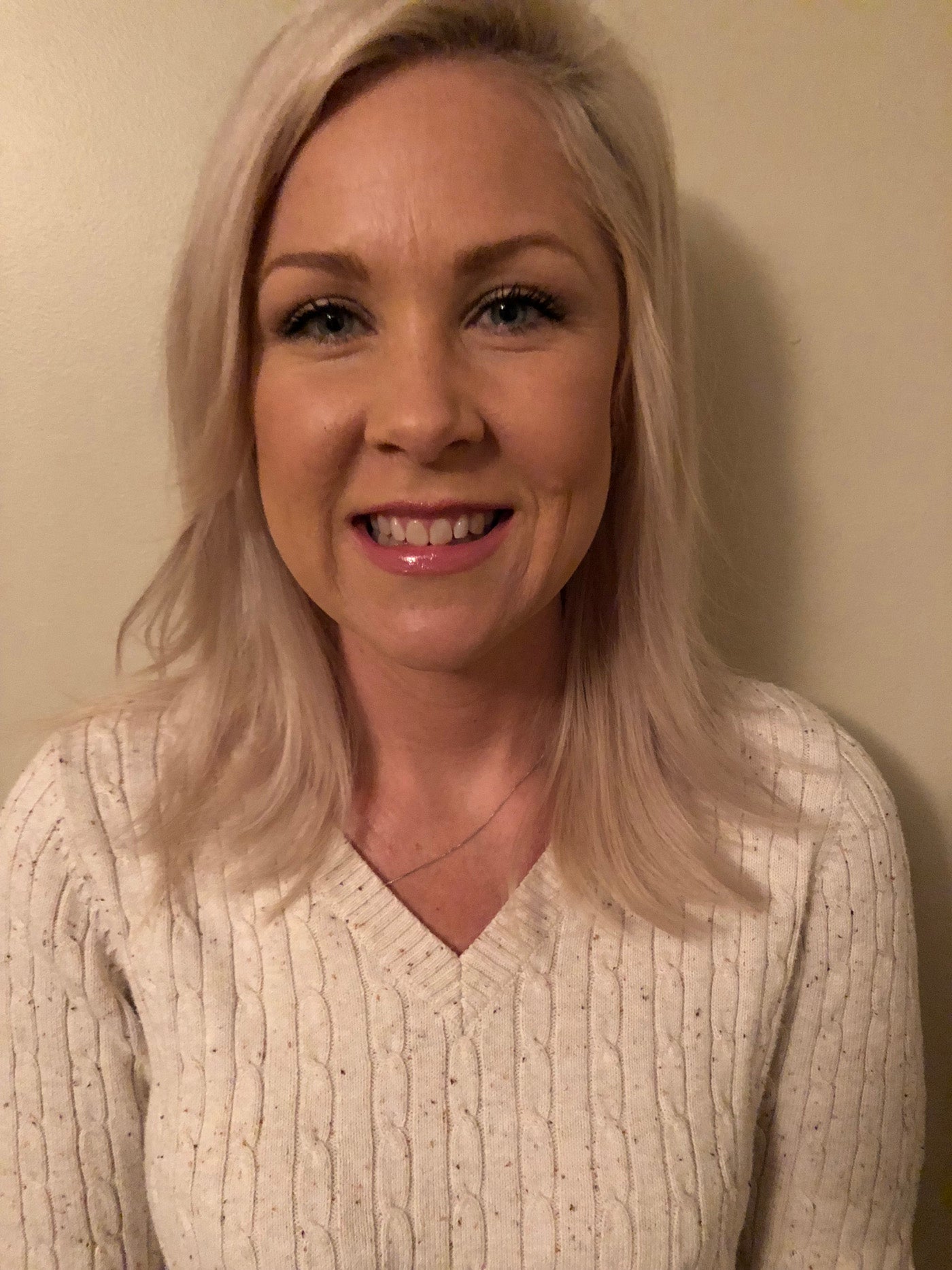In October, we wear pink
Published 10:07 am Thursday, October 24, 2019
|
Getting your Trinity Audio player ready...
|
October to many may be much about Halloween, although if you look around you will see people everywhere wearing the color pink, and no that is not because they are all dressing up as a bottle of Pepto for the 31st.
October is well known nationwide as Breast Cancer Awareness Month. I have been fortunate in my life to not have any family members who have personally suffered from breast cancer, although cancer in itself has made an appearance more times than I wish to count. Even though I haven’t personally dealt with that specific cancer, I have had friends who unfortunately have suffered and battelled the demon one too many times in their relatively young age. For that reason, I whole heartedly wear pink and always think about those in my life that have suffered from various kinds of cancer this month, specifically breast.
The number one way to beat the odds, for any type of cancer, is early detection. We hear this all the time, but still some struggle to wrap their brains around the idea. Maybe it is the fact that they think they are too young to be affected. Or perhaps it is denial over symptoms they already have and not wanting to find out the truth, until it is regrettably too late. I have seen both happen personally and know that the only way to truly beat the odds is to face the truth – as hard as it may be for you or those you love.
We all know some of the facts about breast cancer, such as age and gender play a huge part in it. Some may not know that men can be equally affected like women, although this is becoming a more well-known fact than it was when I was in my youth. Some statistics we may not be as likely to know include the following:
- About one in eight women will develop invasive breast cancer in her lifetime.
- For women in the United States, breast cancer death rates are higher than those for any other cancer.
- Besides skin cancer, breast cancer is the most common cancer in American women.
- In women over 45, breast cancer is most common in African American women, and overall, African American women are more likely to die from breast cancer.
- A women’s risk of breast cancer doubles if she has a first-degree relative who has been diagnosed with the same.
- About 85 percent of breast cancer occurs in women who have no family history.
Now that we know statistics, what are the symptoms? Unusual changes in breast tissue, for both men and women, include: swelling of all or part of the breast, skin irritation or dimpling, breast pain, nipple pain or the nipple turning inward, redness, scaliness or thickening of the nipple or breast skin, nipple discharge other than breast milk and a lump in the underarm area.
Although these signs can also be linked to less threatening conditions like a cyst, it is always important to get any changes checked out by a doctor to know for sure. Self-exams are a great way for early detection and should be done monthly. With those who are high risk for cancer, having an annual mammogram to rule out any possible issues is important and can help aid with early detection.
I’ve lost many to cancer. I also currently stand with some I know who are still battling and fighting for their life. There is no shame in asking questions, undergoing tests and ruling out any sort of threat to your health. Even if all tests come back negative, peace of mind is priceless and can never bought. Know your body and listen to it. Self-care is the best care and you should never be ashamed to put your health first.
Statistics for this column were taken from breastcancer.org






